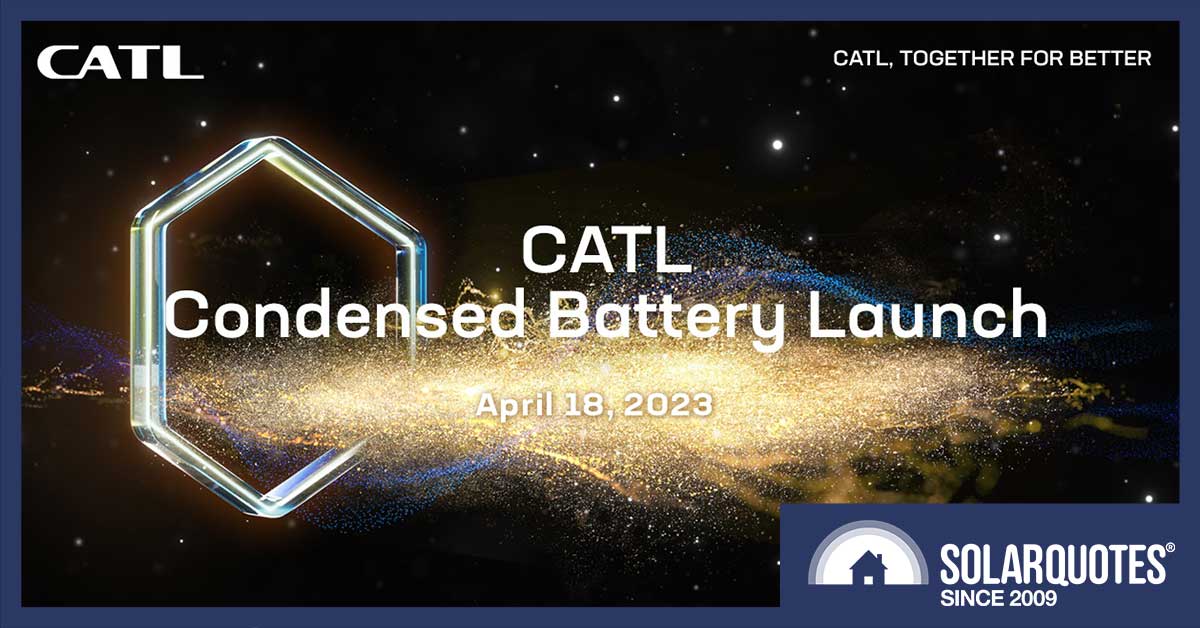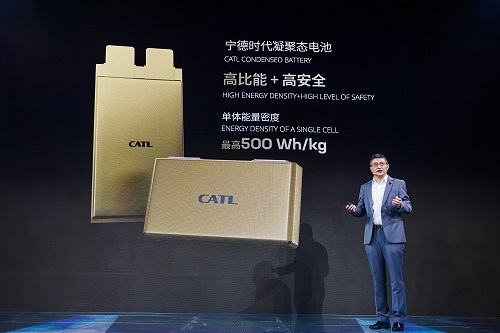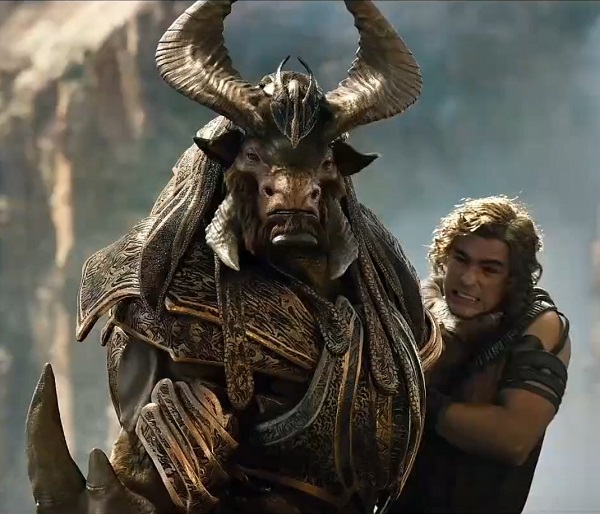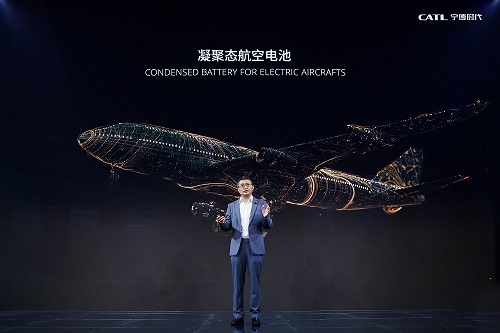
Have CATL Won The Battle For High Specific Energy?
Last week the world’s largest battery manufacturer — CATL — launched a new high-specific-energy battery. If used in a typical EV today, it would improve its range by over 80% with no increase in battery pack weight. It may also have applications in shipping and aviation. CATL call it a condensed battery — or at least they do in their English media release. It may sound less stupid in Chinese.
CATL says their condensed battery stores up to half a kilowatt-hour of energy per kilogram. It’s unclear how much work the words “up to” do in the previous sentence. Selling batteries approaching 500 watt-hours of storage per kg isn’t that special and has been done before. The announcement is a potentially big deal because CATL promises to rapidly put them into mass production. While they haven’t committed to it, they say they will likely start this year. Because CATL isn’t all hat and no cattle, I think there’s a decent chance they’ll come through.
With luck, multiple manufacturers will soon be mass-producing high-specific-energy batteries, resulting in rapid price falls and eliminating fossil fuel use from multiple forms of transportation.

The CATL condensed battery cell. Note it’s not as large as it appears in this picture. (Image: CATL)
What The Hell Is CATL?
CATL is big — really big. If you thought companies like Samsung made a lot of batteries, that’s just peanuts compared to CATL. Last year they produced around 34% of all new lithium battery capacity. This makes them the world’s largest producer by a ridiculous margin, as their production is over twice that of LG Energy in second place.
Unfortunately, their name’s pronounced Cee-Ay-Tee-eL and not “cattle”. I’d always hoped to one day meet their CEO and CTO, and they would turn out to be these two guys…

Image Credit: Still from the movie “Gods of Egypt”. Note this movie is not suitable for children — or anyone else.
…but that’s not likely to be the case.
The letters of their name stand for Contemporary Amperex Technology Co. Limited. But I don’t care. I will pronounce their name as “cattle” anyway because it’s like moo-sic to my ears.
If you guessed CATL is a Chinese company, you’re spot on. China was the one large country that listened to me and built the solar and battery manufacturing capacity the world needs to get off fossil fuels. Well… to tell the truth, they probably didn’t listen to me and just worked it out themselves. After all, it’s not as though China has been spying on me.
CATL’s headquarters are in Ningde City in Fujian Province. The region is famous for having many She-people, half of whom are men. I’d give you CATL’s phone number, but I’m scared you’d do something stupid like ring them up and moo at them.

Bull or a robot driving a crab car? You decide!
Specific Energy NOT Energy Density!
CATL says their new battery has a high energy density, but they actually mean high specific energy. Energy density is how many kilowatt-hours (kWh) of energy it has per litre. Specific energy is how many kWh it has per kg. But we can forgive CATL for this as they are a Chinese company, and difficulties with translation are inevitable. As for all the other companies that don’t have this excuse but make the same mistake — I will never forgive you!
How Does It Work?
So how did CATL make their condensed battery have such a high specific energy? I have no idea. But looking at their media release, I see it says…
“CATL’s condensed battery leverages highly conductive biomimetic condensed state electrolytes to construct a micron-level self adaptive net structure that can adjust the interactive forces among the chains, thus improving the conductive performance of the cells…”
I’m a bit thick, so I asked GPT-4 to “explain it to me like I’m an 8-year old”:
Okay, imagine you have a toy car that needs batteries to run. CATL is a company that makes special batteries to help the toy car go faster and last longer. These batteries use a special material, kind of like a magical playdough, that copies how things work in nature.
This magical playdough has tiny, super-thin nets inside, like a spider web. These nets can change how they stick together, making it easier for electricity to flow through them. This helps the battery give more power to the toy car, making it faster and last longer before you need to charge it again!
Oh, well, when you put it like that, it’s obvious. I can’t believe I didn’t see that myself right away! In fact, it sounds very similar to how Australia’s vegemite powered batteries work.
1,000km EV
Provided CATL actually can mass produce condensed batteries that store half a kWh per kg, you could — technically at least — get 1,000km of range from a current electric car without increasing the weight of its battery pack.
For now, Tesla Motors is the world’s largest EV company. Their Tesla Model 3 Long Range EV has a range of 602km according to Tesla’s Australian site. It uses 2170 battery cells with a specific energy of 0.269kWh per kg. If they were replaced with CATL condensed cells with 0.5kWh per kg it would increase its range by 86% to 1,119km. Unfortunately, you’re unlikely to get that far, as the ranges Tesla gives aren’t what Australians achieve in real life. But provided you drove carefully, I suppose you could get 1,000km.
There’s already an EV that will be sold in China this year with CATL batteries with a range of over 1,000km. But they aren’t the new condensed batteries. Instead, it uses CATL’s quilin batteries, which are pronounced more like “chillin’” and translates as “mutant unicorn“. In Japan, it also means Giraffe and beer.

Regardless of how thirsty you are, beware! Besides being a beer, this could also be a battery cell, a freaky mutant unicorn, or a giraffe.
It’s a limited edition of 1,000 Zeekr 001 EVs that supposedly can travel 1,032 km with a 140kWh battery pack. But that range isn’t realistic either.
Despite rampant dishonesty in giving real-life EV ranges, it’s clear that with CATL condensed batteries, you can have an EV with a 1,000km range under realistic driving conditions if you want. Whether that makes sense compared to paying less for a vehicle with a lower range is another matter.
The Sky Is Not the Limit
CATL says its condensed batteries can also be used for shipping and aviation. While some scoff at the words “electric flight”, it’s not as crazy as it may sound, particularly over shorter distances.

But you probably want to start with a smaller plane for your electric aircrafts. (Image: CATL. Spelling error: CATL.)
Because boats float rather than fly, they can get much more range from batteries than planes. But a cargo ship will still need a darn big battery pack to cross an ocean.
It Could Be Cheap — In The Future
Hopefully, CATL will start mass-producing condensed batteries this year. Then we’ll be able to see how much they charge for them and get an idea of how long they’ll last. As CATL says they plan to use them in various applications, including cars, I expect them to be as reliable, or better, than cells typically used today. While reliable high-specific-energy battery cells will command a premium price initially, competition will lower prices and, over time, could become cheaper than current batteries. This is because high-specific-energy cells use less material per kWh of energy storage and so are potentially cheaper to make.
The price reductions could happen very quickly. Batteries took a break from falling in price last year, but with costs of raw materials declining, I’m expecting significant battery price falls over the next few years.

 RSS - Posts
RSS - Posts



If not exciting at least entertaining, the article that is
This guy should be writing for a nightly satirical TV show. Wasting his talents here.
FFS Don’t give him ideas!
Amprius announced in Fremont on March 2023 that they had brought a 500 watt hour per kg battery to market. Worth checking out their web site amprius.com
Is there some new kind of CATLyst with levers in use? Levers made from graphene, perhaps?
“CATL isn’t all hat and no cattle” – must be a Queensland saying…
The Chinese word they are translating as condensed is 凝聚态 which is associated with condensed matter physics – see Wikipedia article https://en.wikipedia.org/wiki/Condensed_matter_physics
That’s one mystery solved!
Researchers at the Illinois Institute of Technology (IIT) and U.S. Department of Energy’s (DOE) Argonne National Laboratory have developed a lithium-air battery that could make the dream of a 1000 kms, before recharging, a reality. With further development, they expect the new design for the lithium-air battery to also reach a record energy density of 1200 watt-hours per kilogram. Their design could also one day power domestic aeroplanes and long-haul trucks.
How long before, or if, they go into production is another matter.
Is this brand of battery in the BYD vehicles?
BYD is another giant battery maker (just less giant), so they will put their batteries in their cars.
Lots about the energy going out – but what about the energy going in? How well do they charge? Are they ‘constrained’ to a recommended ‘no more than 80%, no less than 20%’? They’ll need some serious economies of scale to be price competitive with LFP!
I do hope that you are right on the cost of batteries coming down. We’ve been saying it for so long and it doesn’t really seem to have been the case, other than the recent drops in Tesla pricing, which followed some hefty increases over the years before that. Still all out of reach of the common man and woman. Think I just called myself common! Love the blend of humour and science – not normally two things that go together – makes for great reading Ronald.
The cost of battery cells have really come down in price. Unfortunately, home battery systems haven’t. But we are now in a position where several large companies are producing reliable or reasonably reliable home batteries, so I expect competition between them to result in price decreases. Fingers crossed.